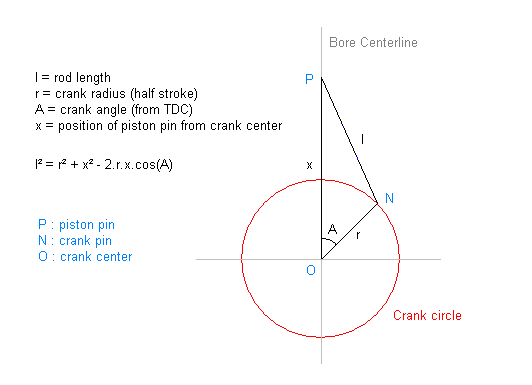Hello people that blend racing and mathematics. I'm not particularly good at either.
I've heard that the lever arm part of an anti roll bar (sway bar), that the drop links connect to, should sit horizontally, assuming good clearance etc.
What would be the effect on the behaviour of roll, if that part was angled either up or down?
For a given deflection of the suspension arm it connects to, would the spring be loaded a different amount?
Would it be possible, on a standard anti roll bar setup, to adjust the angle of the bar itself, using adjustable drop links, to adjust the roll coupling of both axles a small amount?
I know the correct usage of adjustable drop links are used to ensure the anti roll bar doesn't foul any suspension components after lowering, or sometimes to bias the loading on the tyres in drag racing, and sometimes even to pre-load the anti roll bar in oval racing. I also know the correct way to adjust roll coupling is to change the diameter of the bars themselves, or adjust how far along the lever arm part of the bar the drop links connect to, which incidentally, adjustable length drop links would work well for.
So on a standard setup, would having the anti roll bar angles different, front to rear, affect the roll coupling of the car? Would it be minimal? Would it do so in an undesirable way?
Thanks.
Edited by RoutariEnjinu, 15 October 2014 - 14:50.















